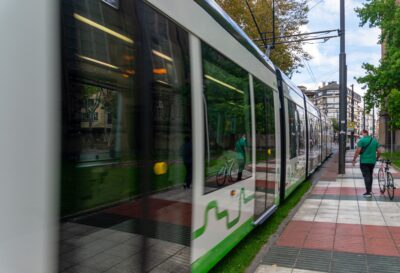5G Talks – Meet one of 5G-MOBIX Greek partners: ICCS
5G-MOBIX recently interviewed the Institute of Communications and Computer Systems (ICCS) which is based in Athens, Greece. The interview highlights ICCS’s role within the project consortium, presents the Greek-Turkish cross-border corridor, and expands on the latest developments and upcoming steps in the cross-border corridor.
Together with several other partners, ICCS is working on the Greek-Turkish cross-border corridor, which presents the unique characteristic of corresponding to a so-called “hard-border” where authorities enforce a stop-and-go mobility model, which presents a different set of mobility-related challenges. At the same time, it provides an environment for experimental evaluation of other types of applications related to the broader domain of 5G-enabled IoT and logistics e.g., in the form of customs inspection.
Having performed full-scale trials including various network configurations which will shed light on technical aspects related to e.g. inter-PLMN connectivity e.g., Leased Line vs. Internet-Based, and various handover schemes, the Greek-Turkish cross-border corridor is organising a public demonstration on 10 May 2022.
5G Talks – Meet one of 5G-MOBIX Greek partners: ICCS Read More »






